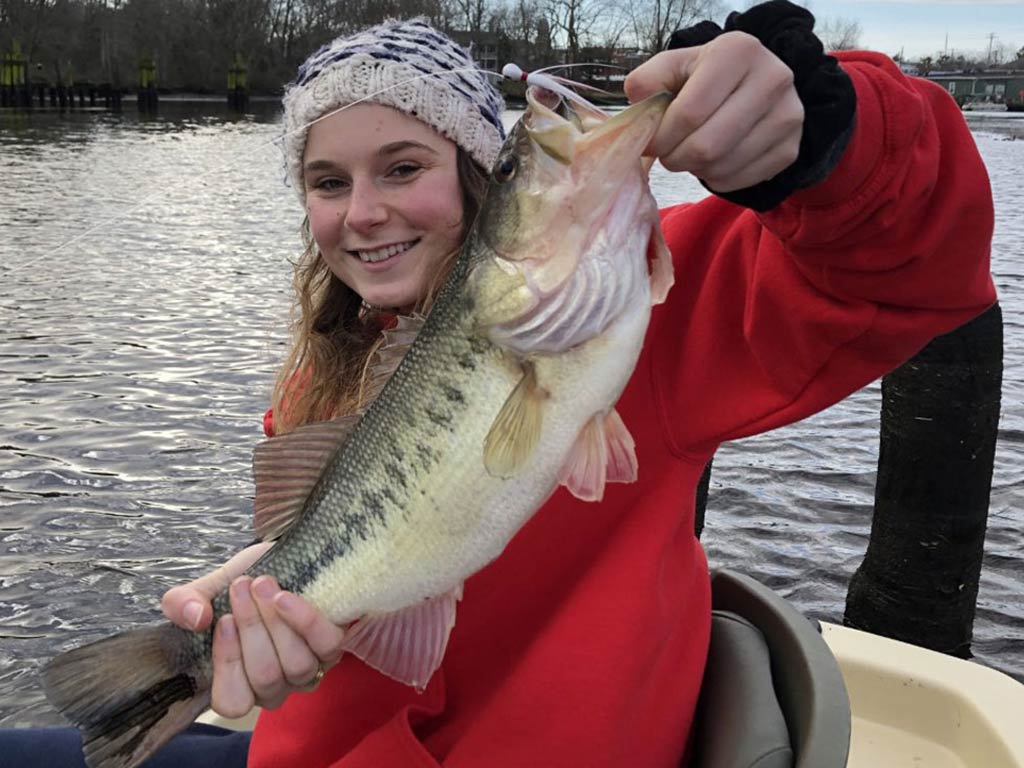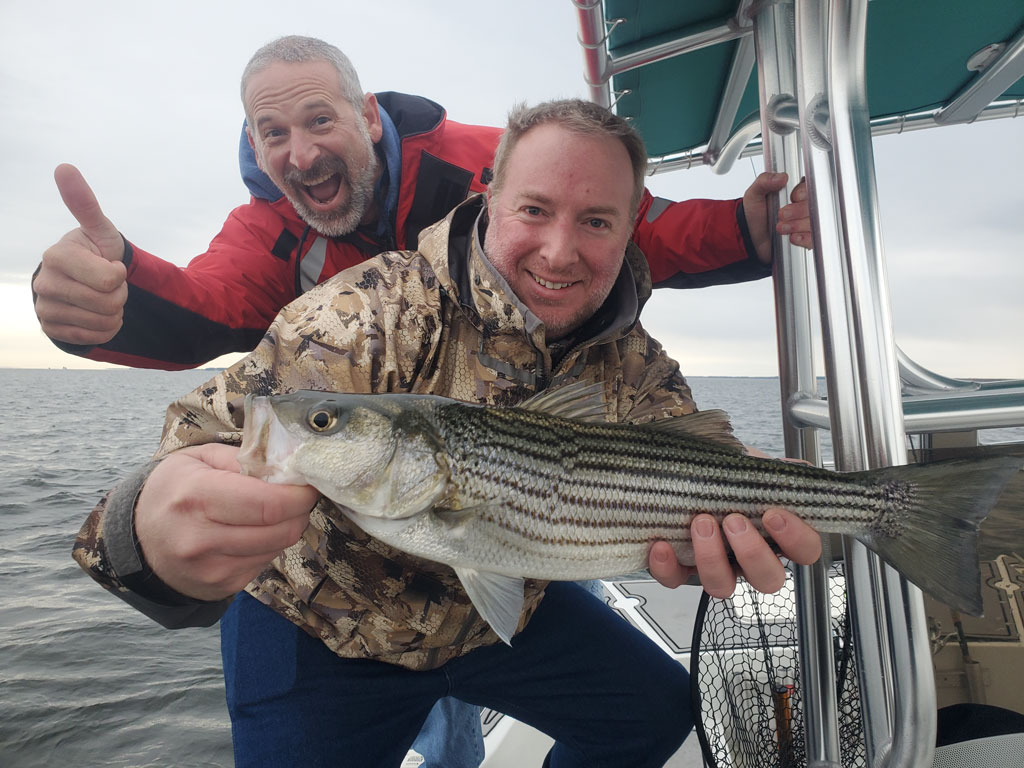It’s not quite time to go ice fishing just yet! But the leaves have dropped, the dew has turned to frost, and the holidays will be here before you know it. Many anglers opt to stay indoors come late fall, which is a huge mistake because wherever you do your casting, you can still get a bend in that fishing rod!

Fish never stop eating for long. Even when they grow lethargic in the cold, they’ll respond to the dinner bell – if you ring it properly, that is! Ready to go after some late fall fish? Here are 10 tips and tricks that will help make your angling adventures more successful.
1. Stop Fishing the Same Old Fall Hotspots
Sure, it’s tempting to pay a visit to spots where you were catching fish a month ago. Maybe a beaver dam was full of Crappie or a riffle held Trout before daylight saving time kicked in! But this is a time of transition. Water temperatures will be dropping, and fish will be abandoning their early fall abodes in search of conditions more to their liking. Just where they go will differ depending on the species and the environment, but expect that you’ll have to search out some new areas to find fish.
2. Slow Your Retrieves

It’s common knowledge that a fish’s metabolism slows with dropping water temperature. That means you need to slow your retrieve for your offering to appear more realistic. I won’t harp on about this. But if you’re not getting bites, remind yourself not to hurry things.
3. Try Darker Colors
If the water is tannic-stained or cloudy from all the leaves, try rootbeer or pumpkinseed-green colors. While it seems counter-intuitive, darker colors tend to perform better in darker-color waters.
4. Start Late and Stay Late
While the early fish gets the worm in spring and summer, it’s not the case come late fall. This is particularly important on sunny days, when the water might be several degrees warmer in late afternoon than it was at daybreak. Areas where the water is still, the bottom is dark, or large rocks or boulders stick out can soak up the sun’s radiant heat and trigger action that gets better and better until sunset.
5. Find Abnormally Warm Water
In tidal waters, look for places where shallow sun-warmed flats drain out into channels, and time your fishing with a late afternoon outgoing tide. There are also man-made warmwater discharges in some areas, and these can become prime as the temperatures start dropping.
6. Look for Remnant Weedbeds

Most will have died back by this time of year, but there will usually be patches of weeds hanging on here and there. Many shallow-water predators, like Pickerel in freshwater or Redfish in saltwater, will be cruising through the weedbed remains looking for prey.
7. Choose Lures to Fish with Pause-Twitch-Pause
Suspending jerkbaits are a great choice, as are Ned rigs. Lures like these allow you to not only slow your retrieve but even pause it here and there, to tempt those slow-moving fish into attacking.
8. Try Deep Water

“Deep” is a relative term. In some ponds, it might mean 5 feet. In some lakes, it could mean 100+! But in many bodies of water, shallower areas are subject to wider temperature swings, especially overnight. As a result, fish may shift deeper to try to find more consistent warmth.
9. Get a Pair of High-Power Stabilized Binoculars
In areas where gulls feed over breaking fish in late fall, you’ll need some assistance when finding hotspots. Today’s stabilized binoculars can offer up to 16x magnification (compared to the standard 7x for marine binoculars). The stabilization also allows you to lock in a steady view even when standing on the deck of a pitching boat. That can make the difference between spotting a feeding frenzy or not.
10. Downsize Your Leader and Stick with Fluorocarbon
This is especially true for leader-shy fish. As a rule of thumb, the cooler the water gets, the clearer it gets – setting aside confounding factors like wind or runoff. That means fish will have an easier time spotting your leader and may shy away. Prepare for this eventuality and go with smaller, fluoro leaders.
Late Fall Freshwater Fishing: A Little Planning Goes a Long Way

Are you ready to bundle up and get out there? I sure hope so! The crowds have thinned out and the fish are trying to fatten up, so brave the chill, start casting, and you’ll have a bend in that rod before you know it.
Are you an avid late Fall angler? Do you have some tips you’d like to share? Get in touch in the comments below!
